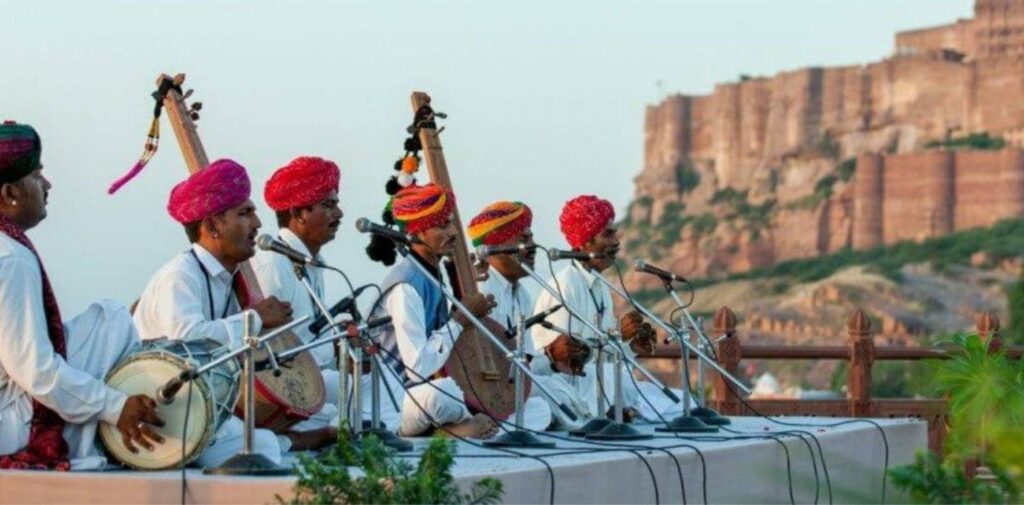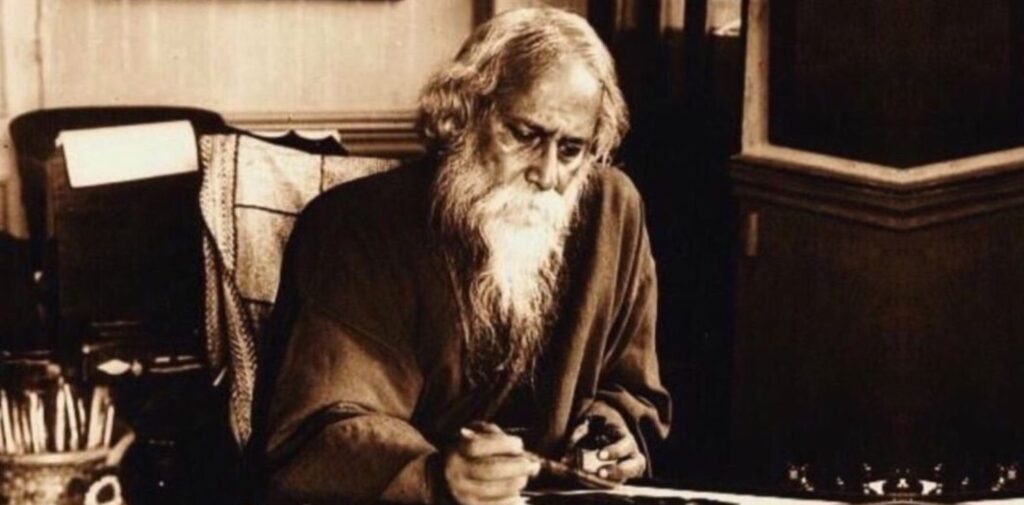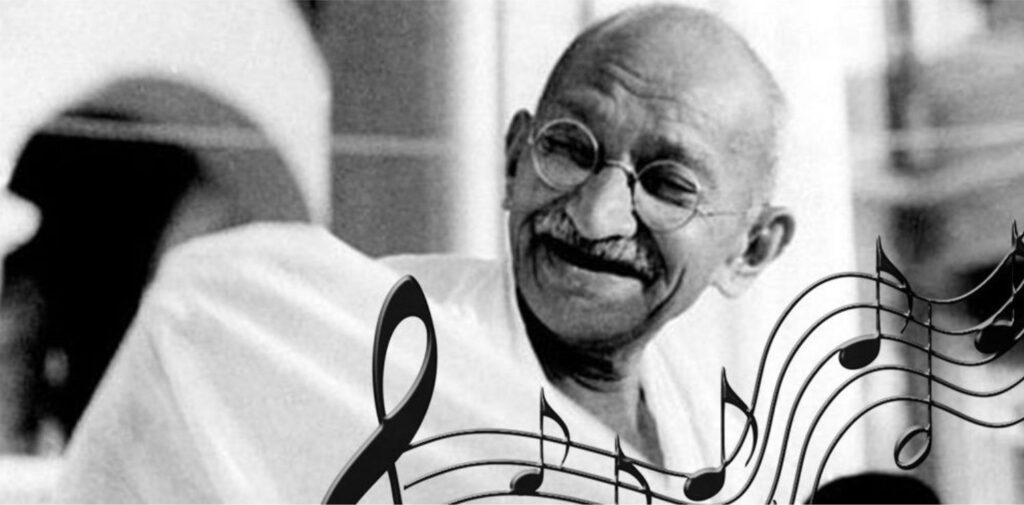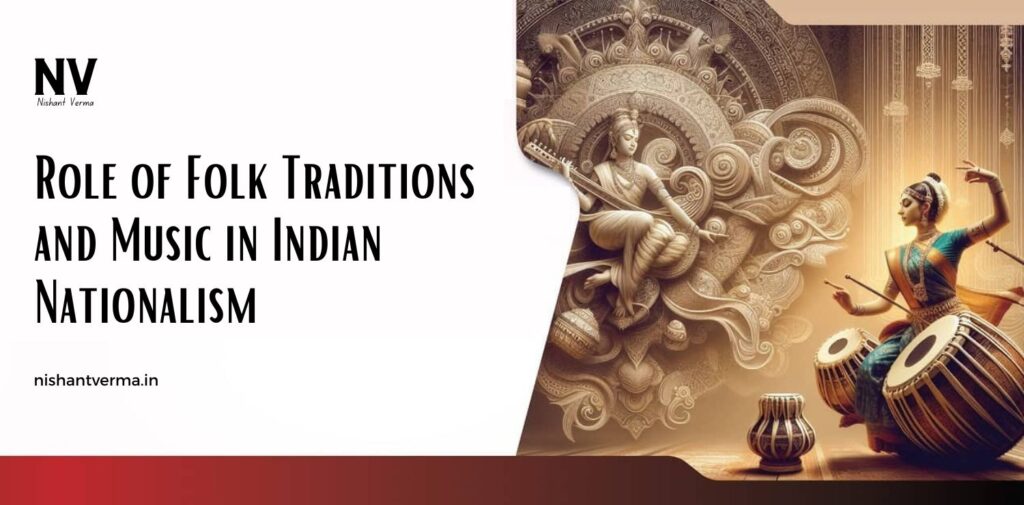Folk traditions and music have always been integral parts of India’s rich cultural heritage. These art forms, deeply rooted in the traditions of the people, have served as powerful tools of expression, communication, and community bonding for centuries. During the Indian freedom struggle, folk traditions and music took on an even more significant role. They became powerful instruments in spreading the message of unity, resistance, and patriotism, helping to ignite and sustain the flames of nationalism across the vast and diverse Indian subcontinent.
In a time when the British colonialists ruled India, and the struggle for independence seemed far from achievable, the Indian people turned to their folk traditions to keep their spirits high and promote the idea of a united nation. Through simple, accessible songs and cultural expressions, they were able to articulate their anger against foreign rule, celebrate their national identity, and inspire one another to fight for freedom. This article explores the role of folk traditions and music in India’s nationalist movement, highlighting how they helped shape the nation’s identity and bring people together in the struggle against British colonialism.
Folk Music as a Tool for National Unity
India is a land of diverse cultures, languages, and traditions. The different regions of the country have their own unique forms of folk music and dances that reflect local customs, beliefs, and stories. From the classical ragas of the north to the bhajans of the south, from the Punjabi folk music to the songs of Bengal, the variety of folk traditions in India is as vast as its people. However, these diverse forms of folk music also played an essential role in the unification of the Indian people during the freedom struggle.
Folk music transcended linguistic and regional barriers, making it a potent tool for bringing together people from different backgrounds in the fight for a common cause. Songs that were sung in villages, towns, and cities across India often carried a message of resistance and unity. They conveyed sentiments that were not bound by geography, language, or caste, but instead spoke to the heart of every Indian who longed for freedom from colonial oppression.
One of the most significant contributions of folk music during the freedom struggle was its ability to inspire a sense of collective identity among Indians. Even though the British had divided India into several administrative regions, folk songs helped weave a sense of shared destiny among the people. These songs spread messages of unity and national pride, which inspired ordinary people to take part in the larger movement for independence.

Folk Songs and the Freedom Movement
The British colonialists sought to impose their own culture, values, and policies on the Indian people, but they underestimated the power of indigenous cultural expressions like folk songs. These songs became a platform for articulating dissatisfaction with British rule and were used as a tool to protest against colonial policies. Folk music helped to express the collective struggles and hopes of the common people, who were often excluded from the formal nationalist discourse dominated by the educated elite.
As the freedom struggle gained momentum, nationalist leaders and activists recognized the potential of folk songs to spread their messages. These songs became a crucial medium for mobilizing support for various movements, including the Non-Cooperation Movement (1920-1922), the Salt March (1930), and the Quit India Movement (1942). The messages of resistance, patriotism, and national pride were carried through folk songs to the remotest corners of India.
For example, in the rural areas of Bengal, songs like “Vande Mataram”, which became a patriotic anthem, were sung by people of all ages and backgrounds. Similarly, in Punjab, the revolutionary songs and folk tunes inspired people to join the independence movement and demand an end to British rule.
The Role of Folk Artists in Nationalism
The role of folk artists in the freedom struggle was not limited to performing songs. They were active participants in spreading the message of nationalism and played a crucial role in shaping public opinion. Folk singers, dancers, and other artists used their platforms to raise awareness about the injustices of colonialism and mobilize the masses for political action.
One of the most famous examples of this is Rabindranath Tagore, who, although primarily known for his literary works, also composed several patriotic songs that resonated with the Indian masses. His famous song “Jana Gana Mana” eventually became the national anthem of India. Tagore was able to merge folk traditions with his own poetic genius, creating songs that were not only beautiful but also deeply meaningful and politically relevant.
Other artists, like Lal Singh, Ghulam Ali, and Ravindra Sangeet, worked tirelessly to bring folk songs into the limelight. These artists traveled across India, performing in public spaces and rallies, where their songs became a source of motivation for people to join the independence struggle. They used the folk traditions of their regions to highlight the shared national identity of the Indian people.

Folk Music in Specific Regional Movements
While the overarching theme of folk music during the freedom struggle was national unity, the music also played an important role in specific regional movements. For example, in Bengal, folk songs helped to promote the spirit of resistance during the Swadeshi Movement, which advocated for the boycott of British goods. Songs like “Amar Sonar Bangla,” written by Tagore, became popular during this time and are still considered symbols of Bengali pride.
In Maharashtra, the famous folk music tradition of Lavani played a significant role in boosting the morale of the people during the freedom struggle. Lavani, known for its rhythmic beats and lyrical beauty, became a tool to inspire people and give voice to their grievances against British colonialism. Many Lavani songs were rewritten with new, patriotic themes, encouraging people to take part in the struggle for independence.
Similarly, in Punjab, the Bhangra and Gidda folk traditions were infused with nationalist sentiments. Folk dances and songs were performed during rallies and public gatherings, promoting the message of unity, resistance, and patriotism. The rhythm of Bhangra, which is traditionally associated with harvest celebrations, was now seen as a symbol of the people’s power to rise against colonial oppression.
Folk Music and the Influence of Gandhi
One of the most important figures in India’s freedom movement was Mahatma Gandhi, who understood the significance of folk music in uniting the masses. Gandhi recognized that music could be a powerful tool to spread the message of non-violence, unity, and self-reliance. He encouraged the use of folk songs during the Salt March and other movements, as a way to engage people and keep the morale of the masses high.
Gandhi himself was not a musician, but he often sang along with the people during public gatherings, especially songs that had deep spiritual and nationalist meanings. He understood that folk music could cross social, educational, and economic barriers, bringing together people from all walks of life. By promoting the singing of patriotic songs like “Raghupati Raghava Rajaram” and “Vaishnav Jan To Tene Kahiye”, Gandhi not only energized the freedom movement but also reinforced the idea of a unified nation with a common purpose.

Conclusion: The Enduring Legacy of Folk Traditions and Music in Indian Nationalism
The role of folk traditions and music in India’s nationalist movement cannot be overstated. These cultural expressions brought people together in ways that political speeches and written manifestos could not. Folk music provided a way for the common man and woman, often excluded from the formal political discourse, to express their hopes, dreams, and frustrations in the fight for independence.
From the Swadeshi Movement in Bengal to the Quit India Movement across the nation, folk songs were sung in every corner of India. These songs became symbols of resistance and unity, empowering people to stand against British rule. The contributions of folk artists and musicians to India’s freedom struggle are remembered and celebrated even today.
Even in post-independence India, folk traditions continue to play an important role in preserving cultural heritage and fostering national identity. The legacy of these songs and traditions, which once helped unite the Indian people against colonial oppression, now serves as a reminder of the power of culture and art in shaping the future of a nation. Folk music remains a testament to the resilience and spirit of India’s freedom fighters and the people who believed in the vision of a free and united India.




